SSD Guide: PCI-Express, M.2, mSATA And SATA Express - The Differences Explained!
Connector vs Protocol
SSDs are practically ubiquotous in modern PCs and gaming notebooks. As average capacities increase and prices come down, their benefits over traditional HDDs become irresistible. The physical connector is the interface between your SSD and motherboard or notebook, whereas the data protocol is the method they talk to one another.
One used to mean the other, but we are currently on the cusp of two inflection points in the SSD market: the first is a protocol change from SATA to PCI-Express; as data, this is not something you can see directly. The second is the change in physical connectivity. Instead of just the common SATA connector, we now have several different connector types, with each offering their specific benefits. The seen (connector) and unseen (protocol) cross-over can potentially catch the unprepared upgrader off-guard. Follow our terminology guide below to understand the differences and what to look for in your 2014 upgrade.
SATA SSDs
In most people's minds this is what an 'SSD' is. It predominantly comes in 2.5 inch flavors up to ~1TB, but this capacity barrier is regularly increasing. Connectivity and protocol is uniformly SATA III up to 6Gbit/s (which equates to around ~550MB/s real-world) and it enjoys the maximum compatibility across all motherboards and gaming notebooks. Only Ultrabooks such as the ASUS Zenbook series eschew them entirely for thinner alternatives, as the ultra-slim profiles cannot accommodate them. 
PCI-Express SSDs
Due to the requirement for a PCI-Express connector, these are exclusively used in PCs. Usually they require 2x or 4x PCIe slots, but some server/professional versions offering top-level performance and features beyond gaming/desktop use require even larger 8x slots. PCI-Express SSDs are attractive because they break the boundaries of SATA III's ~550MB/s: with the ROG RAIDR Express topping 780MB/s, for example. As long as you have an available 2x or greater free PCI-Express slot in your PC, a PCI-Express SSD will fit and work without worry. 
mSATA SSDs
The mSATA (mini-SATA) interface appeared briefly for a generation of motherboards (such as the Maximus V series) and notebooks recently. mSATA SSDs follow the SATA specification, offering a maximum performance of 6Gbit/s and look much like mini-PCI-Express devices, but the two connectors are not inter-compatible. mSATA has been phased out an replaced with the better designed M.2. 
SATA Express
SATA Express is designed for PCs and operates up to 10Gbit/s (40% faster than SATA III's 6Gbit/s). The new, wider connectors can be found around the existing SATA ports on motherboards and requires new cables to use. The first SATA Express version, exhibited on ASUS Z87 Deluxe/SATA Express for example, is also backward compatible with existing SATA SSDs using normal SATA cables. You can either connect one SATA Express connector to one SATA Express SSD or two SATA SSDs (albeit at slower SATA III speeds only). 
M.2 Connector (NGFF)
Briefly known as NGFF (next generation form factor after mSATA), M.2 is the current connector standard for mobile SSDs, although it has also been adopted by motherboards as well. M.2 connector can plug in both PCI-Express-based and SATA-based SSDs, but is generally PCI-Express-based only. This is important because, as we explained above, SATA and PCI-Express protocols are not inter-compatible. The only way to confirm compatibility between your motherboard M.2 slot and your M.2 SSD is to read the respective product specifications first: if they match PCI-Express-to-PCI-Express or SATA-to-SATA, you're good to go! With the launch of 9-series motherboards, the ROG website and forums will also keep a list of M.2 connector protocols available on ASUS, ROG and TUF motherboards. 
M.2 SATA SSDs
M.2 SATA SSDs perform up to SATA III speeds (6Gbit/s); the same as other SATA-based SSDs.
M.2 PCI-Express SSDs
While M.2 PCI-Express uses the same PCI-Express protocol as SATA Express, it drops the 'SATA' namesake to avoid confusion. M.2 PCI-Express is set to be the interface of choice for 2014 PC DIY enthusiasts, with its small form factor and 10Gbit/s performance potential (in the first generation). 
Author
Popular Posts
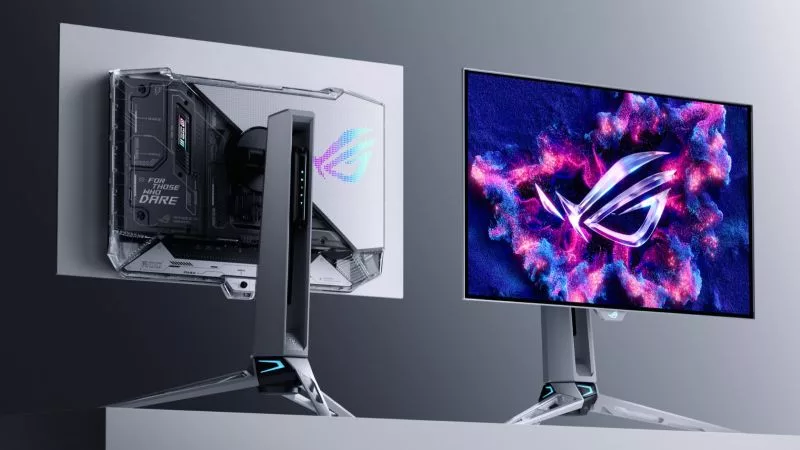
Prepare for Tandem OLED splendor with these new ROG gaming monitors

How to adjust your laptop's P-Cores and E-Cores for better performance and battery life
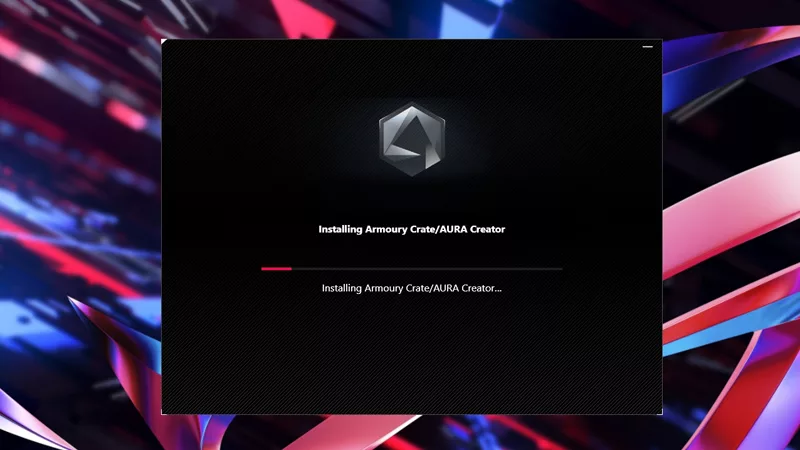
How to Cleanly Uninstall and Reinstall Armoury Crate
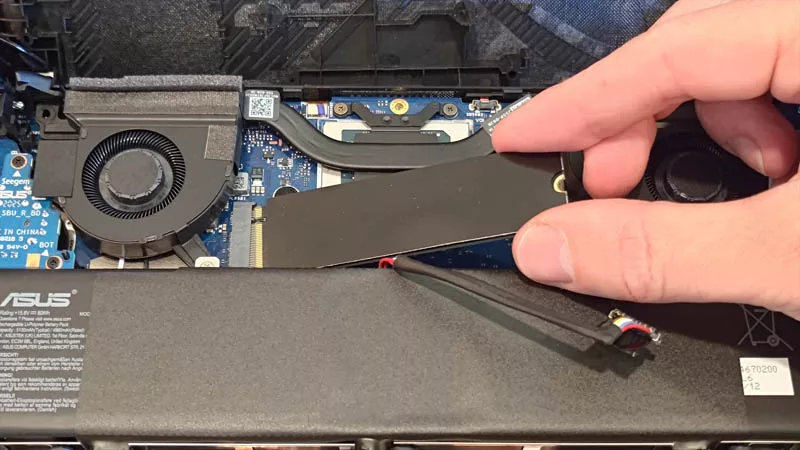
How to upgrade the SSD and reinstall Windows on your ROG Ally, ROG Xbox Ally, or ROG Xbox Ally X

ASUS GPU Tweak III: The ultimate tool for advanced GPU tuning
LATEST ARTICLES

Take your ROG allegiance to the next level with an OMNI action figure
The Republic of Gamers’ famed mascot, OMNI, comes to life through two new collectible action figures.
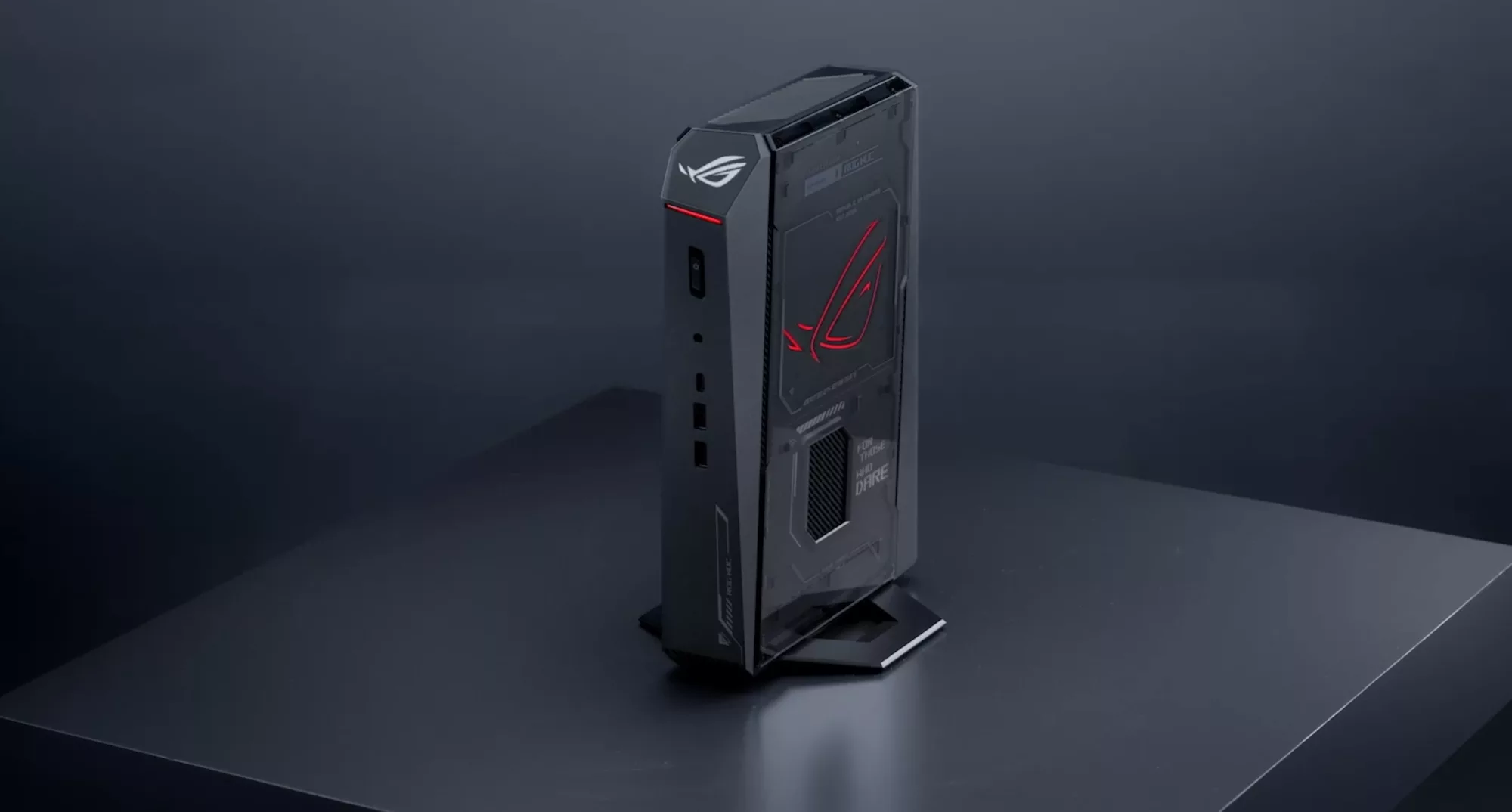
With the ROG NUC, your only limit is your own creativity
The small size, potent performance, and versatile connectivity of the ROG NUC makes it a perfect fit for a wide range of scenarios.

Graphics cards, monitors, motherboards, and more: everything ROG announced at Gamescom 2025
ROG is a making a splash at Gamescom 2025 with a new Matrix graphics card, Hatsune Miku gear, and much more.
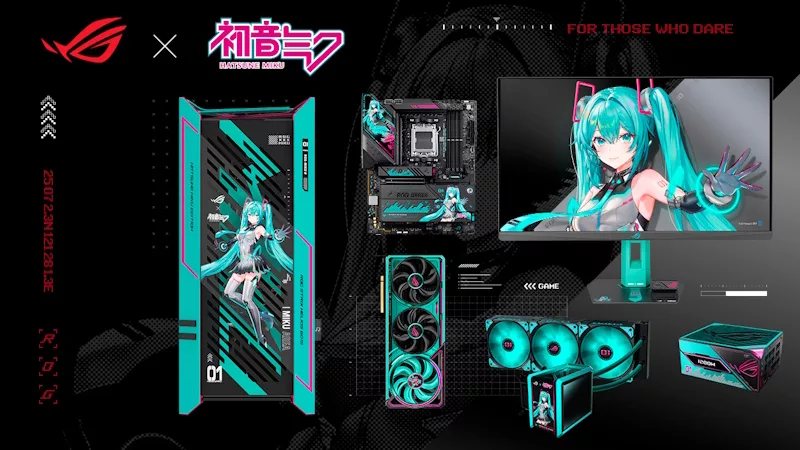
Hatsune Miku and ROG deliver a killer lineup of gaming hardware
Hatsune Miku and ROG are teaming up to give you gear for the ultimate vocaloid-themed gaming PC battlestation.
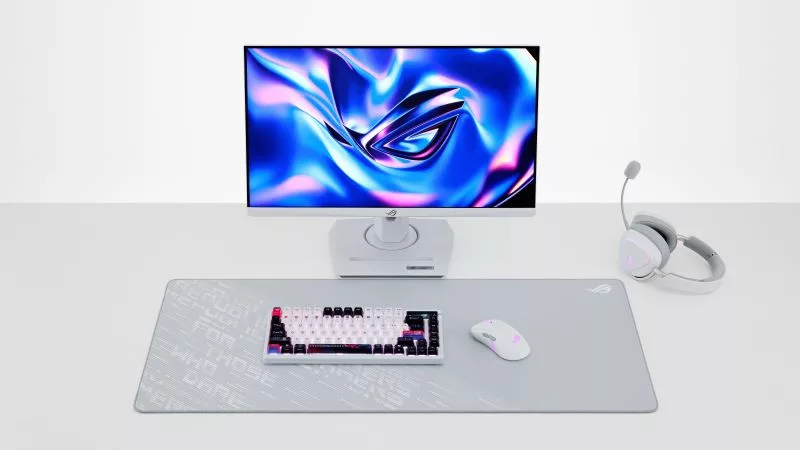
Brighten up your battlestation with new white ROG peripherals
Whether you want frosty peripherals to stand out amongst your hardware or blend in with your Moonlight White setup, we have you covered.

All the new gaming gear revealed from the ROG Lab at CES 2025
ROG is going harder than ever in 2025. Here's everything we announced at the Consumer Electronics Show this year.
